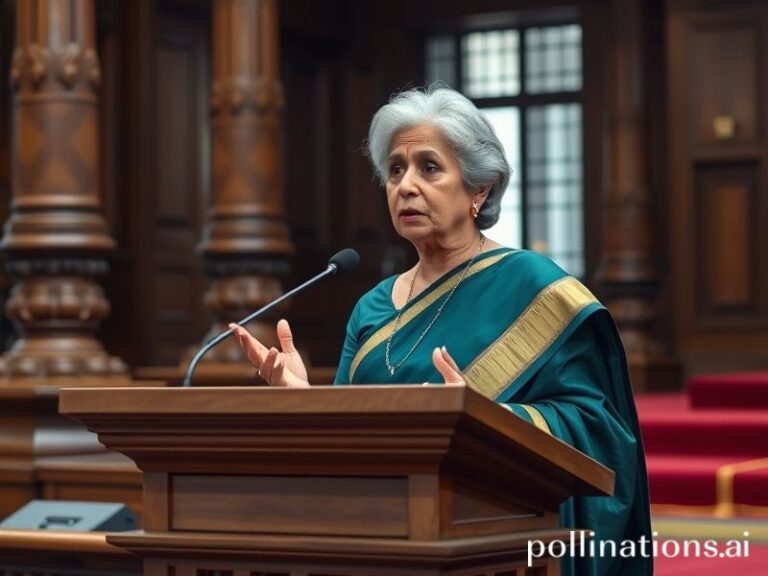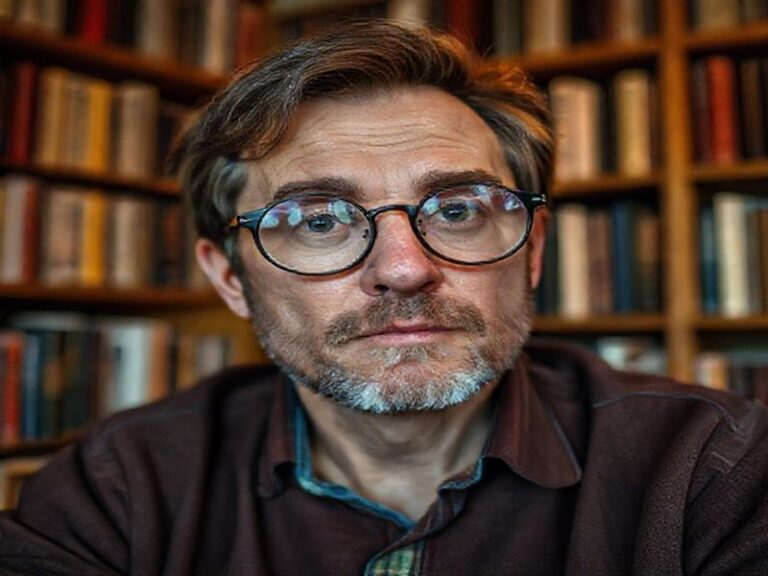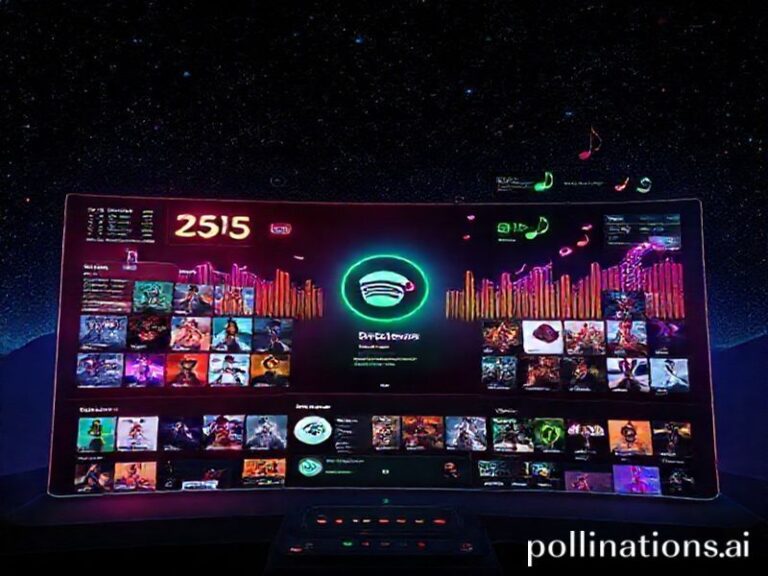Quilt It Up: The Unexpected Global Phenomenon That’s Stitching Together Communities
**Title: “Quilt It Up: The Unexpected Global Phenomenon That’s Stitching Together Communities”**
Alright, folks, buckle up! We’re diving headfirst into the world of quilting, and no, it’s not just your grandma’s pastime anymore. This crafty trend is taking the global stage by storm, and we’re here to unravel why it’s the talk of the town (or should we say, the stitch of the town?).
**The Quilting Renaissance**
Quilting, the art of sewing together layers of fabric to create a thicker padded material, usually to make comfortable bed covers, has been around for centuries. But why is it suddenly trending like a viral TikTok dance? Well, grab your hoops and needles, because we’re about to find out.
First off, the internet has played a massive role in this resurgence. Platforms like Instagram, Pinterest, and TikTok have turned quilting into a visual spectacle. Hashtags like #QuiltLife, #Quiltstagram, and #QuiltTok are flooding feeds with vibrant, intricate designs that are as much art as they are functional. It’s like the digital world has given quilting a glittery, modern makeover.
**Cultural Context: More Than Just Fabric**
Quilting isn’t just about creating cozy blankets; it’s a cultural phenomenon with deep roots. Historically, quilts have been a form of storytelling, preserving family histories, and marking significant life events. In many cultures, quilting circles have been a hub for social interaction, a place where women (and increasingly, men) gather to share stories, laughter, and wisdom.
Take the Gee’s Bend quilts, for example. These quilts, made by African American women in Alabama, are now celebrated as masterpieces of American art, showcasing the rich cultural heritage and resilience of the community. Quilting has also been a form of protest and activism, with quilts like the NAMES Project AIDS Memorial Quilt serving as powerful symbols of remembrance and advocacy.
**Social Impact: Stitching Together Communities**
In today’s digital age, quilting is fostering a sense of community and connection. Online groups and forums are buzzing with quilters sharing tips, patterns, and virtual tea breaks. Social media challenges like the “100 Day Challenge” encourage beginners and seasoned quilters alike to create something new every day, fostering a sense of accomplishment and camaraderie.
Moreover, quilting has become a therapeutic activity, promoting mindfulness and mental well-being. The repetitive motions and focus required in quilting can be meditative, offering a respite from the chaos of modern life. It’s no wonder that quilting has seen a surge in popularity during the pandemic, as people seek solace and creativity in these trying times.
**Why It’s Significant**
So, why should you care about this trend? Well, for starters, quilting is a testament to the power of creativity and community. It’s a reminder that in a world that’s increasingly digital, there’s something deeply satisfying about creating something tangible with your own hands.
Plus, quilting is breaking down stereotypes. It’s not just for grandmas anymore. Young people, men, and even celebrities are picking up needles and threads, proving that quilting is for everyone. It’s a trend that’s as inclusive as it is creative.
**Conclusion: The Quilting Revolution**
In conclusion, the quilting trend is more than just a fad. It’s a global movement that’s stitching together communities, preserving cultural heritage, and promoting mental well-being. So, whether you’re a seasoned quilter or a curious beginner, grab your fabric and join the revolution. After all, every quilt tells a story, and yours is just waiting to be stitched.
And remember, folks, in the words of the great quilter and activist, Rosie Lee Tompkins, “A quilt is more than a quilt. It’s a piece of history.”







